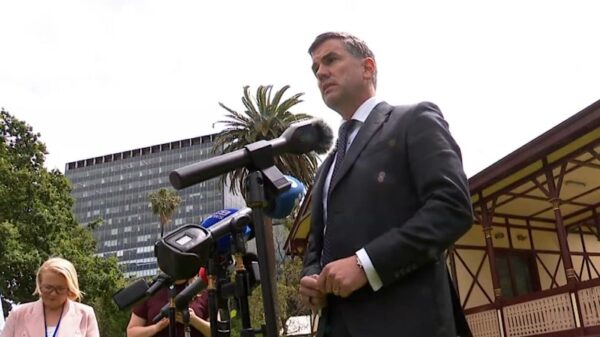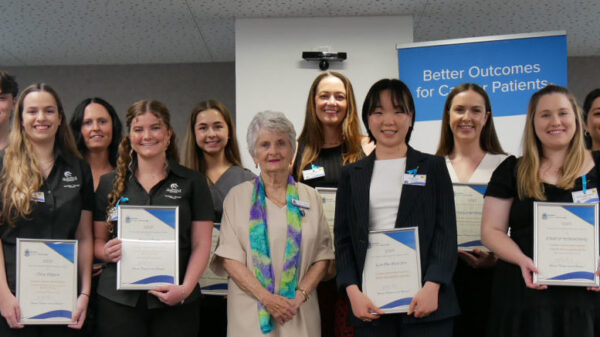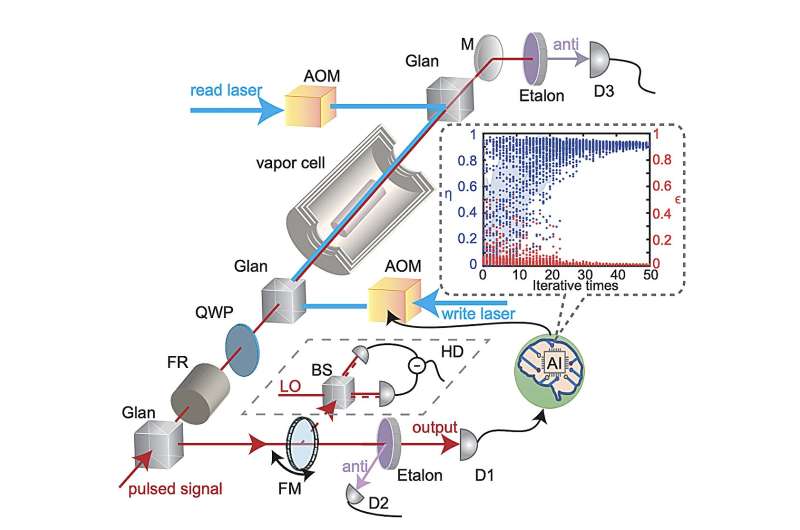Recent advancements in quantum memory technology have marked a significant milestone, with researchers achieving an impressive efficiency of 94.6% and a fidelity of 98.91%. This breakthrough, reported on November 15, 2025, is the result of collaborative efforts led by Professor Weiping Zhang from Shanghai Jiao Tong University and Professor Liqing Chen at East China Normal University in China. Their findings, detailed in the journal Physical Review Letters, indicate that this new quantum memory surpasses previous limitations in both efficiency and noise reduction.
The quest for effective quantum memories has been a central focus for quantum physicists over the past decades. These devices are essential for storing and retrieving quantum information, primarily encoded in light. To be viable for real-world applications, quantum memories must achieve high efficiency—typically storing and retrieving over 90% of input quantum information—alongside maintaining a state that closely matches the original.
Significantly, previous strategies in quantum memory development faced challenges due to random fluctuations, or noise, which adversely affected the fidelity of quantum information. The innovative approach introduced by Zhang and Chen aims to address these issues through enhanced control over atom-light interactions during the storage of quantum information.
Breakthrough Technique in Quantum Memory
The research team employed a far-off resonant Raman scheme, which not only facilitates quantum storage but also allows for faster optical signal storage compared to other existing methods. Their paper describes a robust technique designed to adaptively control quantum memory until it reaches what they term “perfection.” This method is rooted in the principle of atom-light spatiotemporal mapping, known mathematically as the Hankel transform.
Zhang emphasized the importance of their work, stating, “Quantum memory with near-unity efficiency and fidelity is indispensable for quantum information processing. Achieving such a performance has long been a central challenge in the field.” He further elaborated on the breakthrough, noting that, for the first time, the physical mechanisms behind atom-light mapping in quantum memory have been elucidated.
Implications for Future Quantum Technologies
The researchers’ efforts have successfully addressed the “efficiency–fidelity trade-off” that has historically hindered the development of optimal quantum memories. Their findings, based on a Raman quantum memory utilizing a warm rubidium-87 (87Rb) vapor, pave the way for enhanced performance in quantum storage systems.
Looking ahead, Zhang and his team plan to explore new principles driven by physics and integrate their memory technology into quantum repeaters. This could play a crucial role in advancing fault-tolerant quantum computing architectures and developing robust quantum networks.
The implications of this research extend beyond academic interest; they could significantly impact various emerging technologies such as long-distance quantum communication and distributed quantum sensing systems. The breakthroughs achieved by Zhang and his colleagues represent a pivotal step toward realizing the potential of quantum technologies in practical applications.
As this field continues to evolve, the work conducted by this team underscores the importance of innovation in overcoming longstanding challenges in quantum information science.






























































